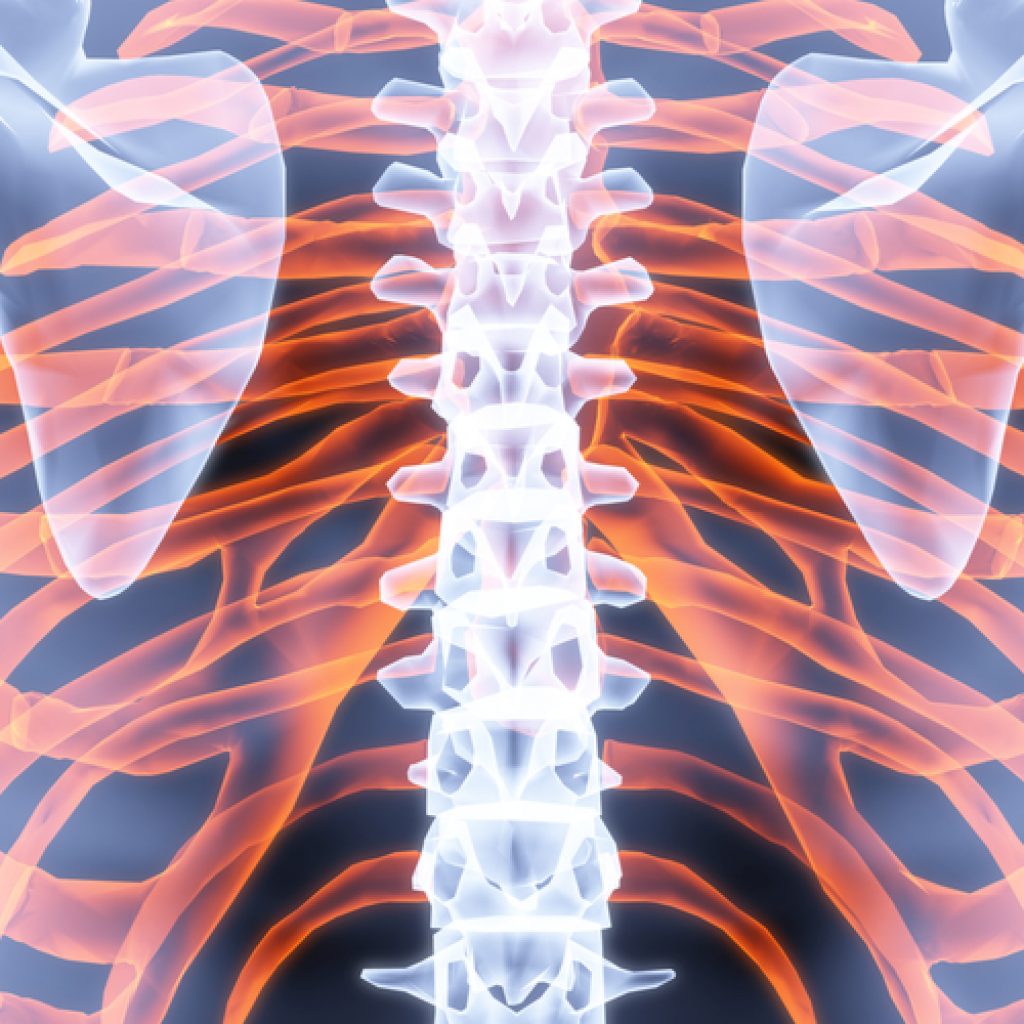
CT scans are able to be carried out on the whole of the body, as well as individual sections of the human body. This helps practitioners to be able to diagnose a series of different diseases, identify any damage to internal organs, detect abnormal structures and discover any blockages inside the body.
Preparation for different scans
According to the area of your body the CT scan is being performed on, the method of preparation will differ somewhat:
- Abdominal scans: previous to an abdominal scan, you may be asked to avoid eating for a period of time before the scan. You may also be asked to swallow contrast medium before you arrive at hospital and then drink more once you arrive at the X-ray department. In most cases, the contrast medium will be swallowed but it may also be injected. The contrast medium helps doctors to distinguish between blood vessels and other internal structures on the scan images.
- Head scans: before you have a head scan, you may be given an injection of contrast medium.
- Chest scans: contrast medium may once again be injected before you have a chest scan. This will help to show areas of tissue close to the cancer and doctors can then decide whether or not it is possible to operate.
- Pelvic scan: if you having a pelvic scan, you may be asked to avoid eating for a period of time before the scan. You may also be given medication to slow down the process of peristalsis (this is the movement of the bowel during the digestion process). An injection of contrast medium may be required and, in some cases, where a rectal scan is required, contrast medium may be given via an enema. If you are having a virtual colonoscopy, you will be asked to drink a special liquid or take strong laxatives for a period of time to clear the bowel before the scan. If you are diabetic, you may be advised to go into hospital 1 or 2 days before the scan, which enables medical staff to monitor your condition while you are on your special diet.
Types of scan
Different types of scan can be carried out to diagnose different conditions and detect damage or inflammation:
- Bone scans: bone scans can be used to check the density of the bones, which is important for the diagnosis of osteoporosis. Bone scans can also be used to check for damage following an accident (especially if damage to the spine is suspected) and to diagnose tumours and bone diseases.
- Head scan: head scans are used to diagnose tumours and check for inflammation or bleeding after an accident. Head scans are also used to check for damage to the brain following a stroke.
- Vascular scan: vascular scans are used to check the blood flow around the body and are used to diagnose vascular diseases and detect obstructions or narrowing of the arteries.
- Abdominal scans: abdominal scans are used to detect tumours and diagnose conditions which affect the internal organs, including the kidneys, liver and pancreas. CT scans can also be used prior to treatment for cancer, as the images generated by the scanner enable doctors to identify areas of abnormal or damaged tissue, which helps them to plan the radiotherapy treatment. CT scans can also be used after an accident to check for bleeding or damage to the internal organs.